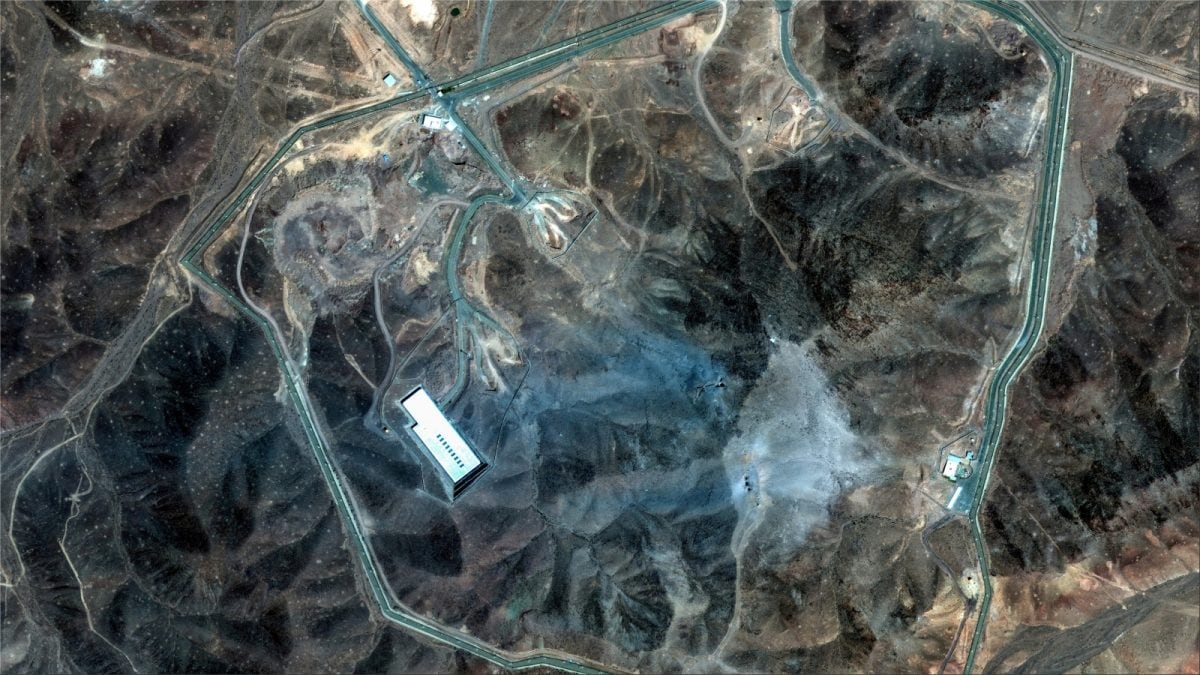ARTICLE AD BOX
Last Updated:June 24, 2025, 11:04 IST
The bomber’s pilots, tasked with a 30-40-hour round trip to strike Iranian targets, had access to a toilet, mini-fridge, microwave, and rest bunks—necessities for marathon missions

Meals are quick and practical—noodles, pasta, protein bars—heated in a microwave designed for use at high altitudes and low oxygen environments. (AFP)
In the dead of night, thousands of feet above the Atlantic, two American pilots may have heated instant noodles in a microwave, taken turns catching short naps on fold-out beds, and used an in-flight toilet—all while steering a $2 billion stealth bomber toward one of the most secretive strike missions in years.
This wasn’t science fiction or a military fantasy. It was Operation Midnight Freedom, the United States’ high-precision strike on Iranian nuclear facilities. And the aircraft leading the charge—the B-2 Spirit—was as much a marvel of modern comfort as it was of combat engineering.
As missiles rained down on targets deep inside Iran, what captured global curiosity wasn’t just the firepower—it was the flying fortress that made it all possible. Dubbed a “flying hotel", the B-2 bomber redefined what long-haul warfare looks like, blending stealth, range, and surprisingly humane living conditions for the crew onboard.
Mini Apartment in the Sky
According to The Independent (UK), the bomber’s pilots, tasked with a 30-40-hour round trip to strike Iranian targets, had access to a toilet, mini-fridge, microwave, and rest bunks—necessities for marathon missions that cross multiple time zones, airspace jurisdictions, and geopolitical fault lines.
A report in India Today detailed the cockpit-adjacent rest space, where one pilot can sleep while the other flies. Meals are quick and practical—noodles, pasta, protein bars—heated in a microwave designed for use at high altitudes and low oxygen environments. According to NDTV, the B-2 is “a war machine where pilots don’t just drop bombs — they live in the sky while doing it."
A former B-2 pilot, quoted by the Independent, noted: “You’re not just fighting fatigue — you’re making decisions that affect international security, all while being airborne for nearly two days. The small comforts onboard are more than luxury; they’re survival tools."
Comfort aside, the B-2’s main strength lies in its radar-evading stealth design. As reported by Livemint, the aircraft crossed continents undetected, enabling it to reach high-value Iranian nuclear sites like Fordow—a feat impossible for most conventional jets.
It’s capable of carrying up to 40,000 pounds of weaponry, including bunker-buster bombs and nuclear payloads. The aircraft launched from Whiteman Air Force Base in Missouri and completed the transcontinental mission with the help of mid-air refueling, according to Economic Times.
‘Intent With Restraint’
While official details remain classified, the mission reportedly targeted nuclear infrastructure and weapons development facilities. The B-2s evaded radar and avoided engagement, returning safely after delivering their payload—a clear show of power without sparking broader escalation.
Strategists quoted by several media outlets noted the significance of such an aircraft being used for the strike, noting that it signals both intent and restraint and showcases American capability while limiting ground-level confrontation.
In an era where pilots are increasingly becoming both operators and endurance athletes, the B-2 stands apart. It allows crews to remain functional, alert, and mission-capable for over 30 hours, something unimaginable in traditional fighter jets.
Only 21 B-2s were ever built, and fewer than 20 remain in service today. Each aircraft costs more than $2 billion, making it one of the most expensive military machines ever created.
As The Independent observed, the mission was not just about reaching Iran; it was about returning — with precision, and without losing human effectiveness. The B-2, in that sense, isn’t just a bomber. It’s a self-contained, long-distance strike hub — and a symbol of the evolving nature of warfare in the 21st century.

Apoorva Misra is News Editor at News18.com with over nine years of experience. She is a graduate from Delhi University's Lady Shri Ram College and holds a PG Diploma from Asian College of Journalism, Chennai. M...Read More
Apoorva Misra is News Editor at News18.com with over nine years of experience. She is a graduate from Delhi University's Lady Shri Ram College and holds a PG Diploma from Asian College of Journalism, Chennai. M...
Read More
- Location :
United States of America (USA)
- First Published:
News world From Noodles To Nukes: Inside B-2 Bomber, The 'Flying Hotel' US Used To Strike Iran



.png)
.png)
.png)
















 4 hours ago
6
4 hours ago
6









 English (US) ·
English (US) ·